Yoshihiko Ito
Frottage —In the Film—
Mar 23 - Apr 28, 2022
PGI
-
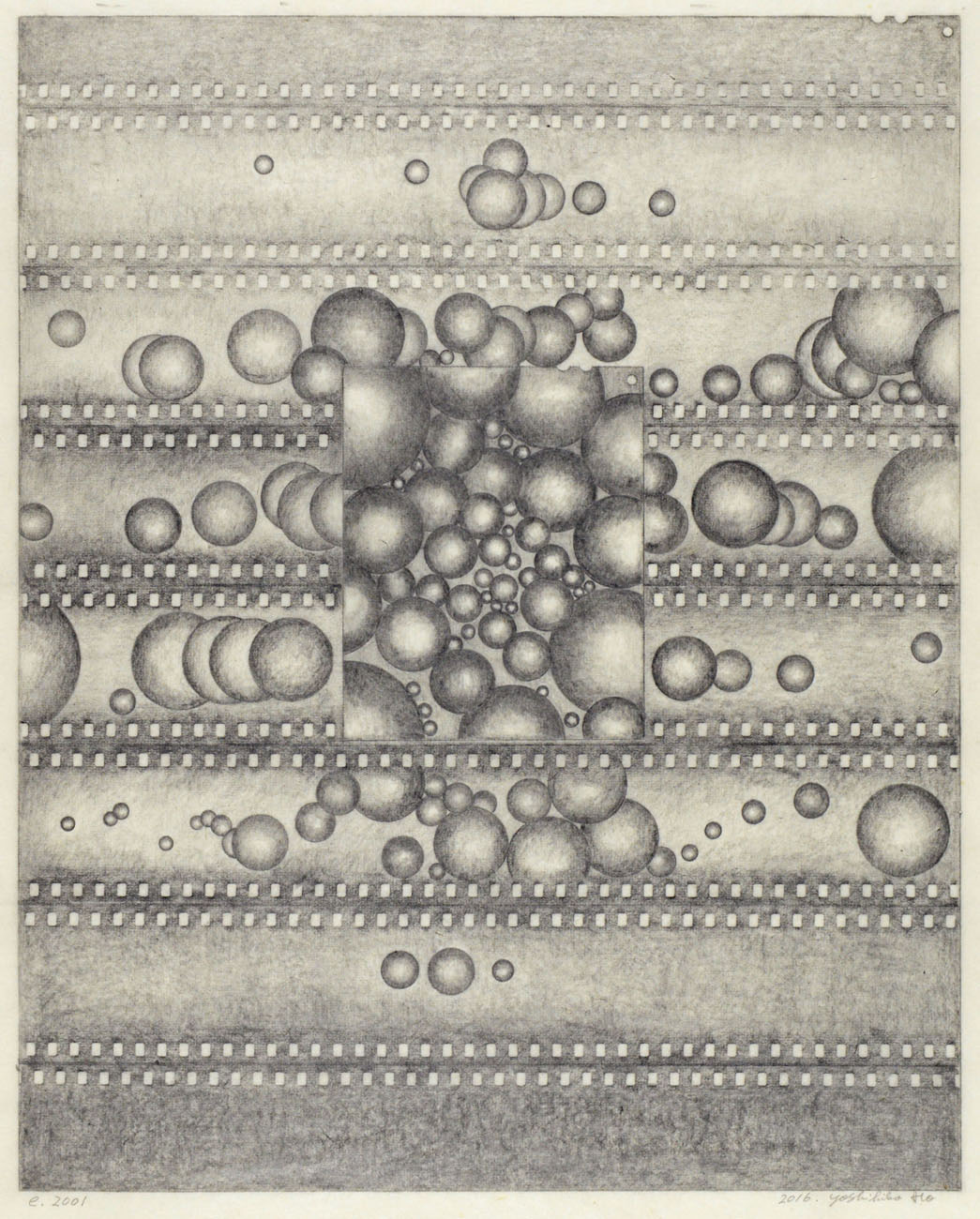
©Yoshihiko Ito
-
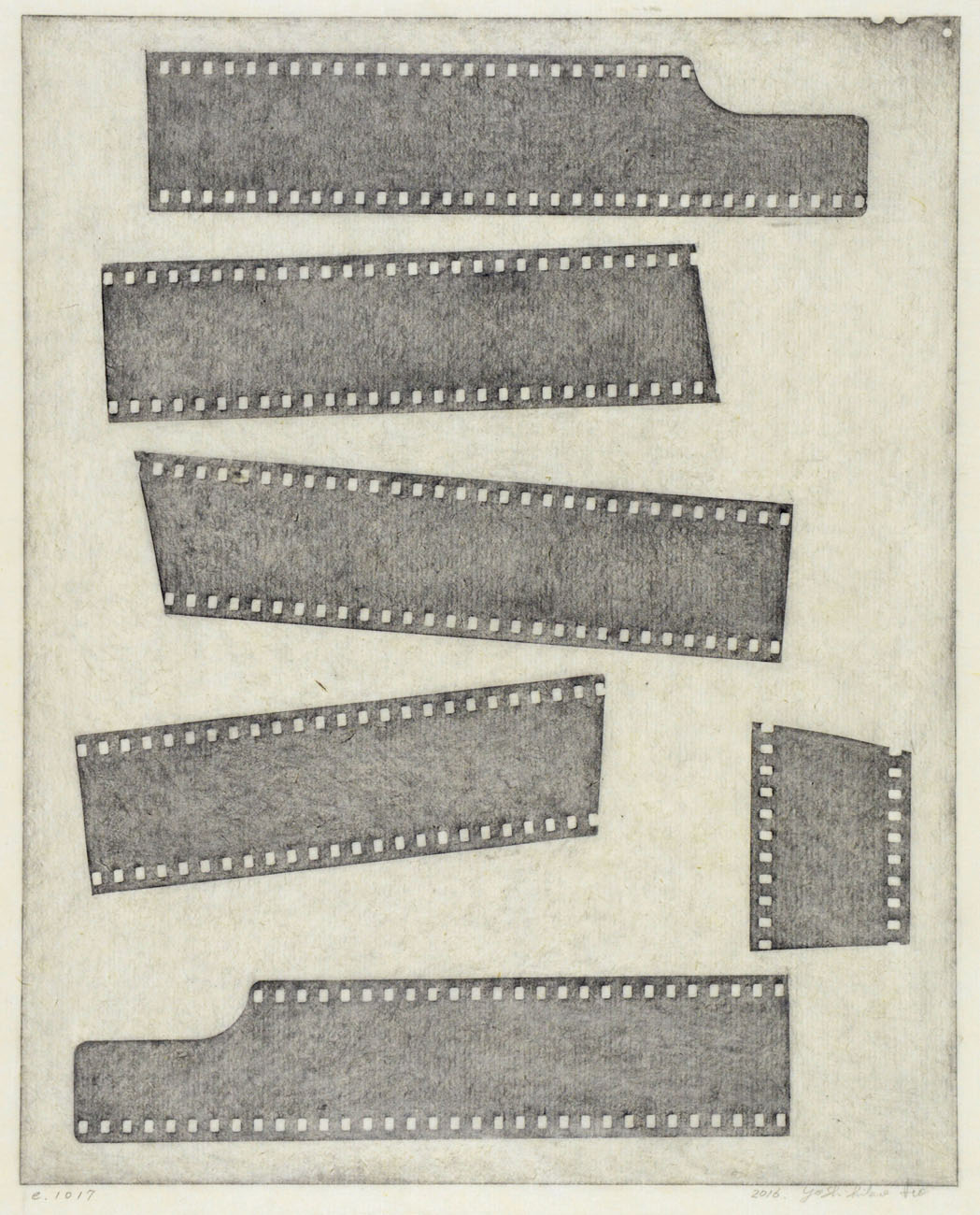
©Yoshihiko Ito
-
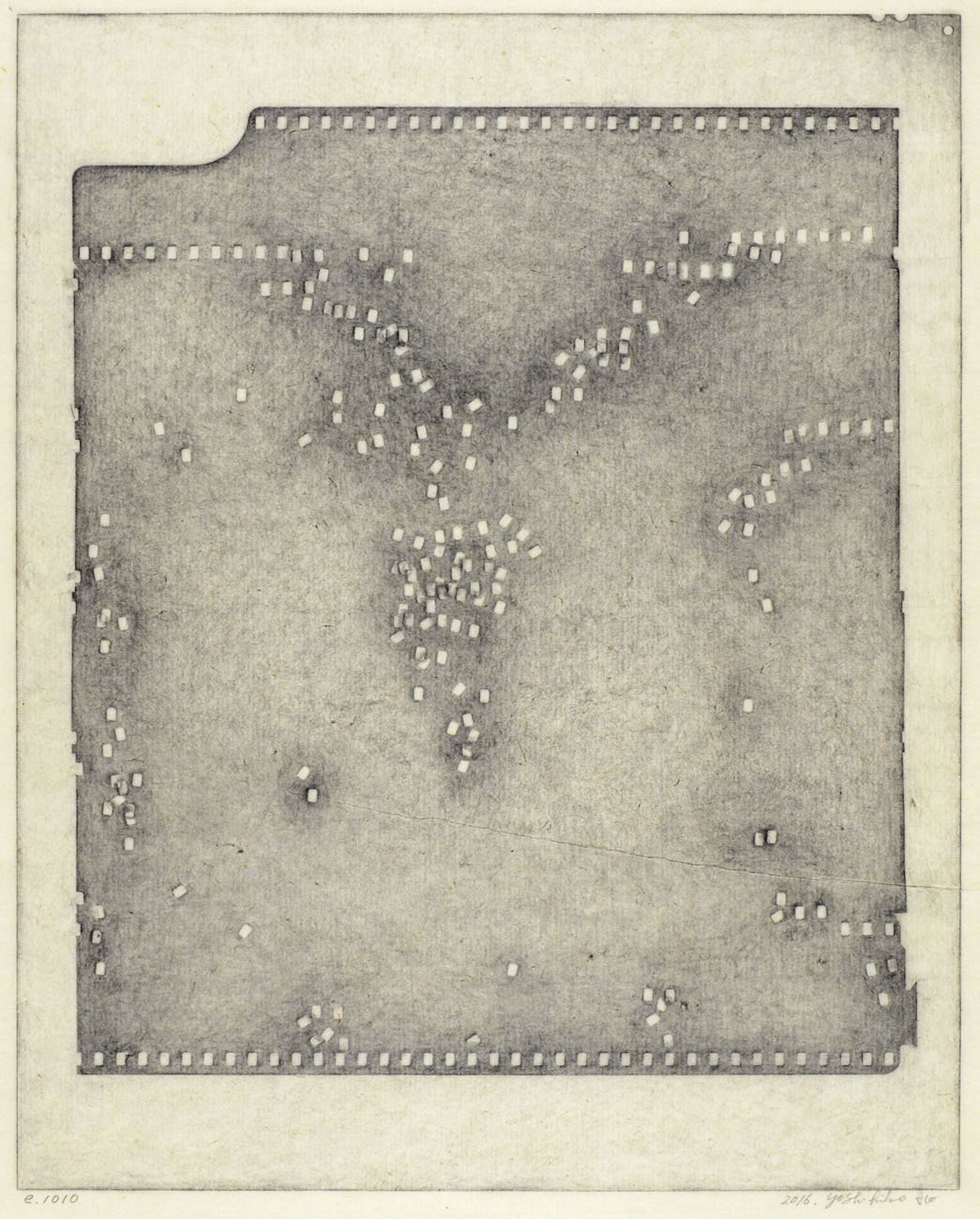
©Yoshihiko Ito
-
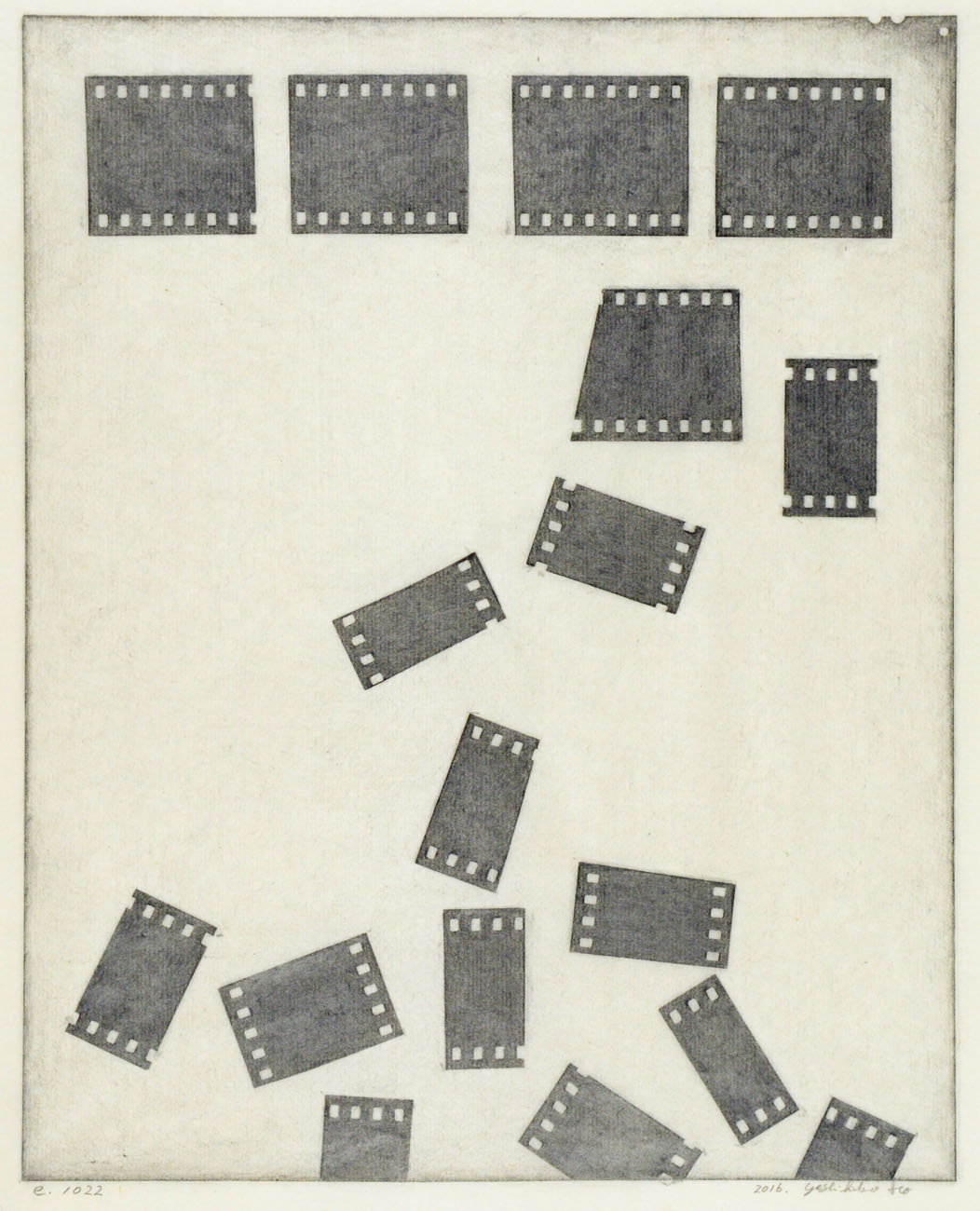
©Yoshihiko Ito
-
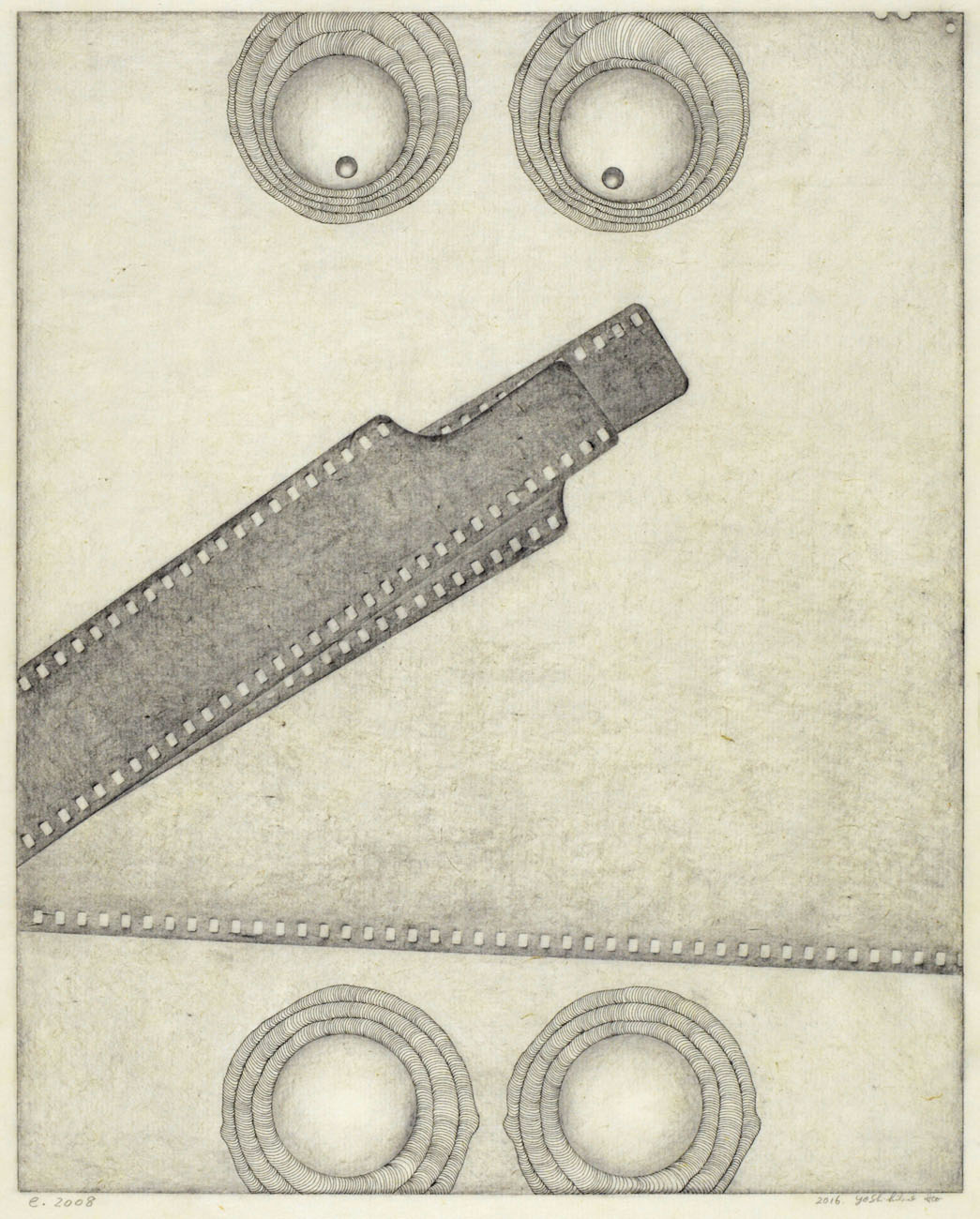
©Yoshihiko Ito
-
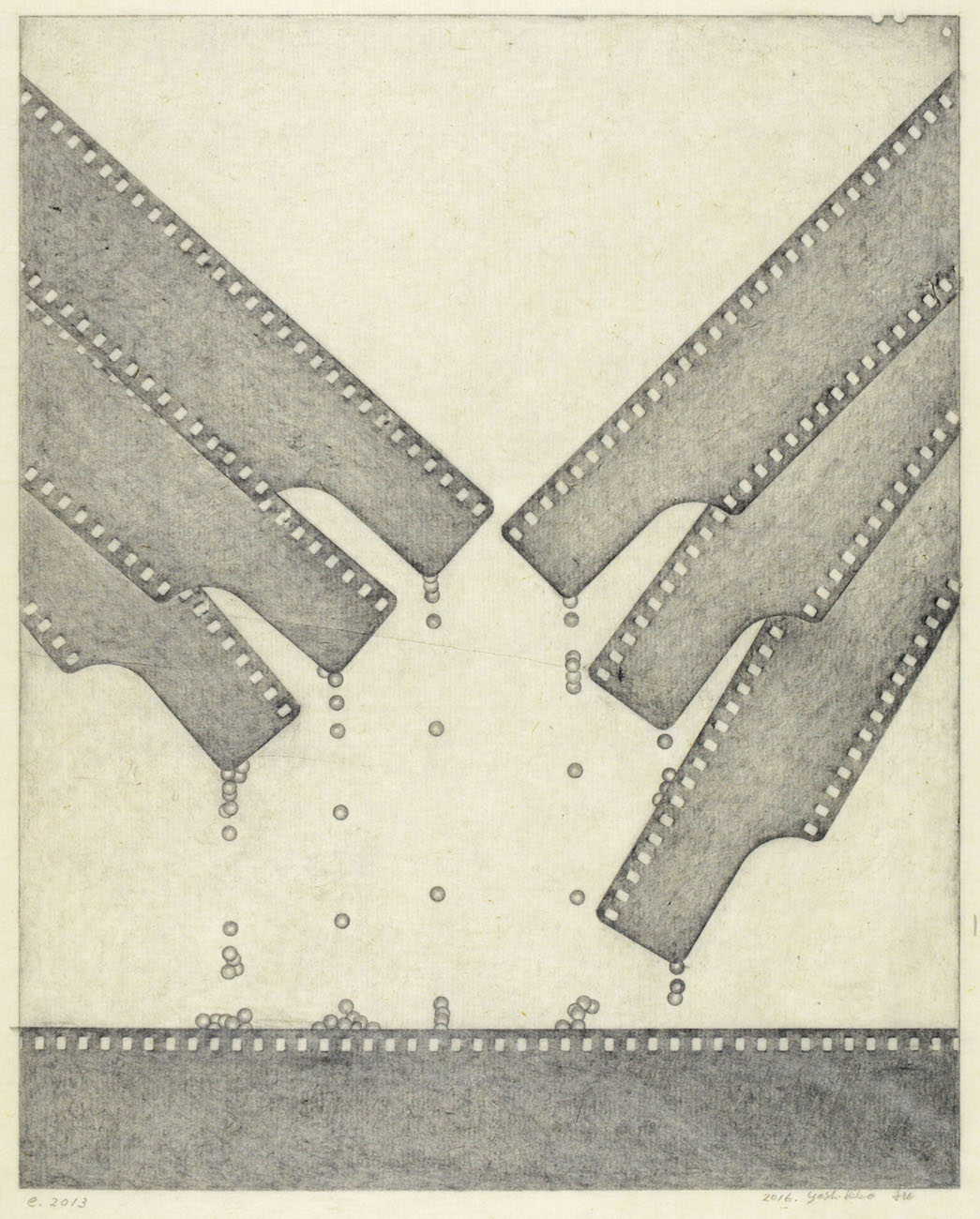
©Yoshihiko Ito
-
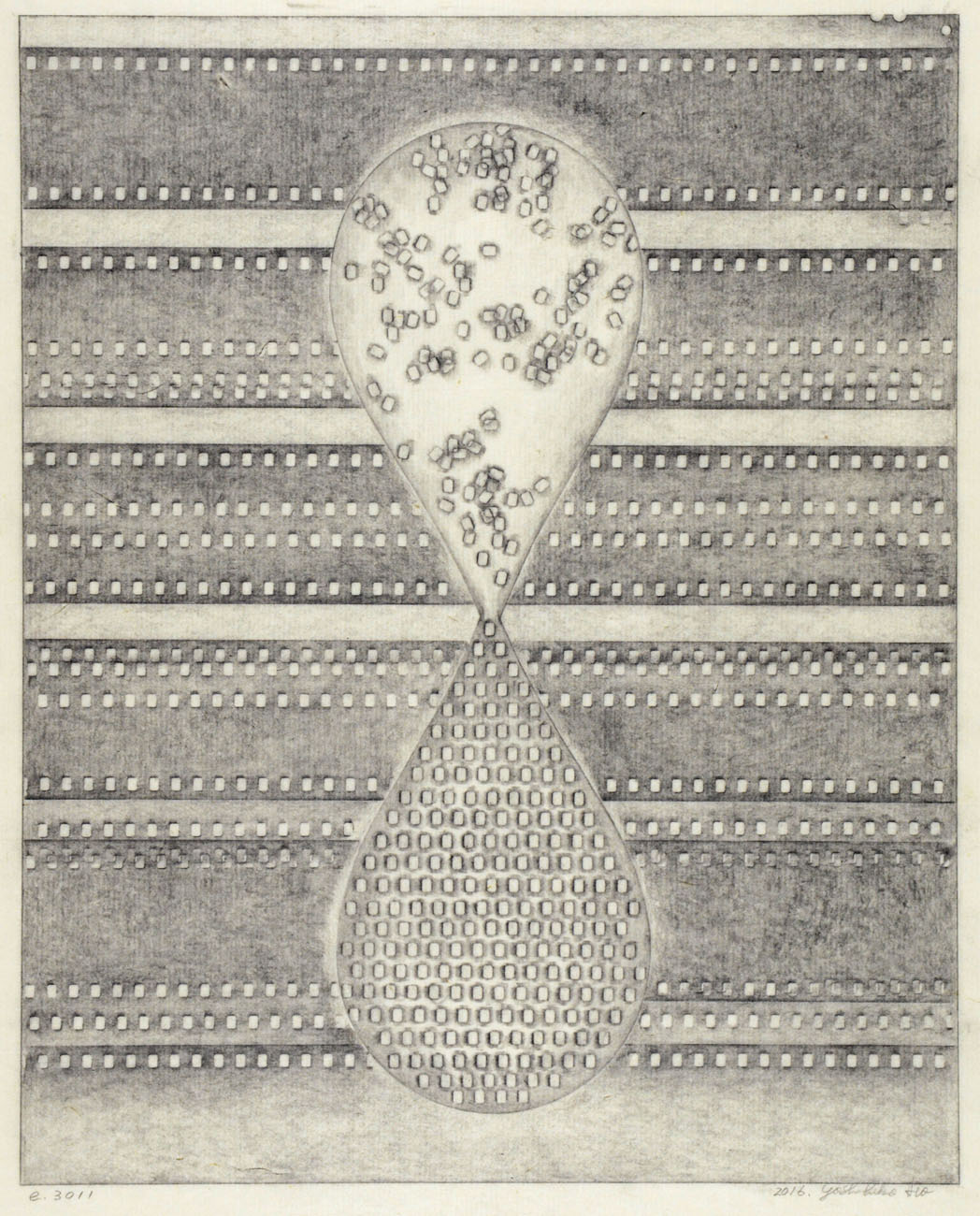
©Yoshihiko Ito
-
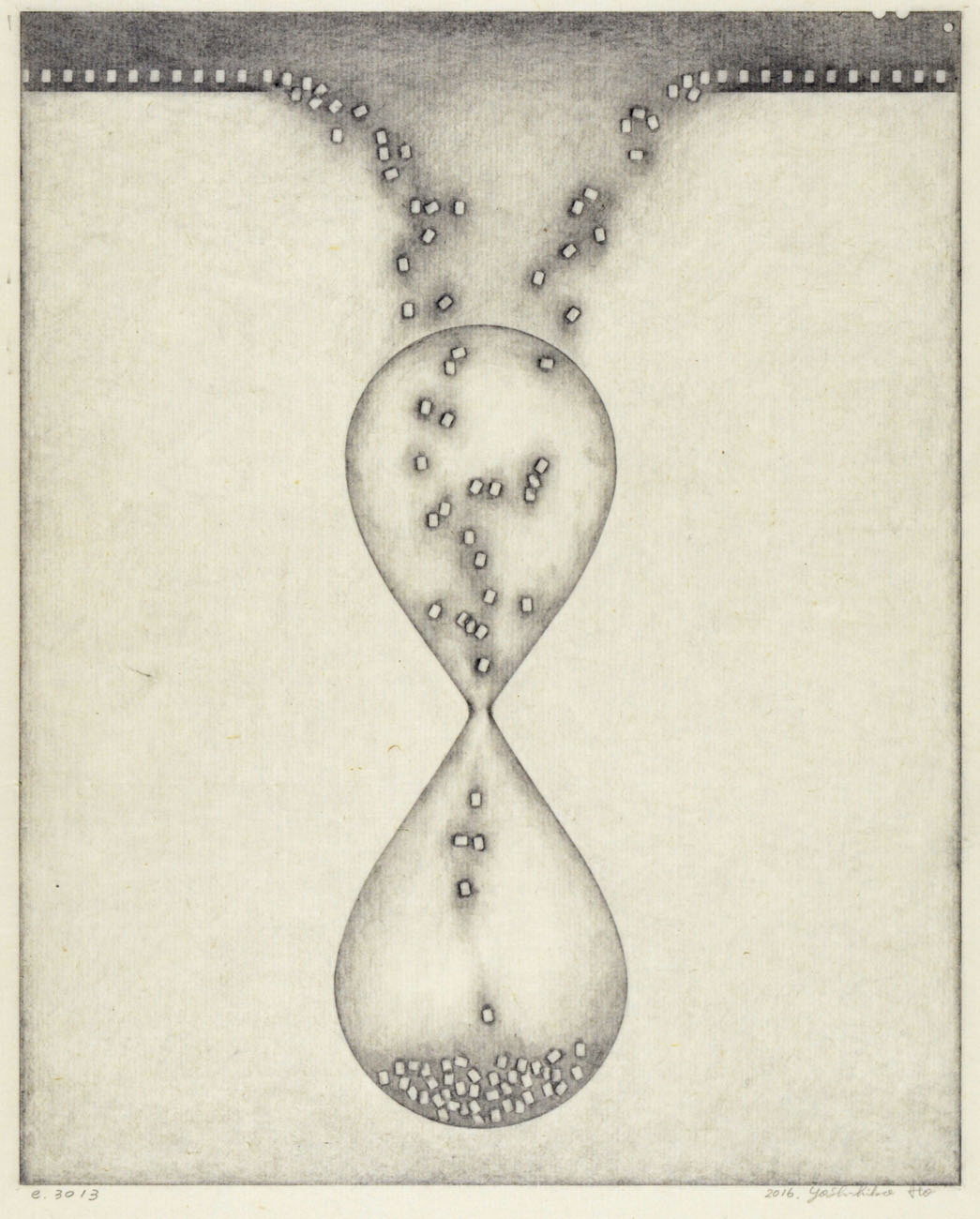
©Yoshihiko Ito
-
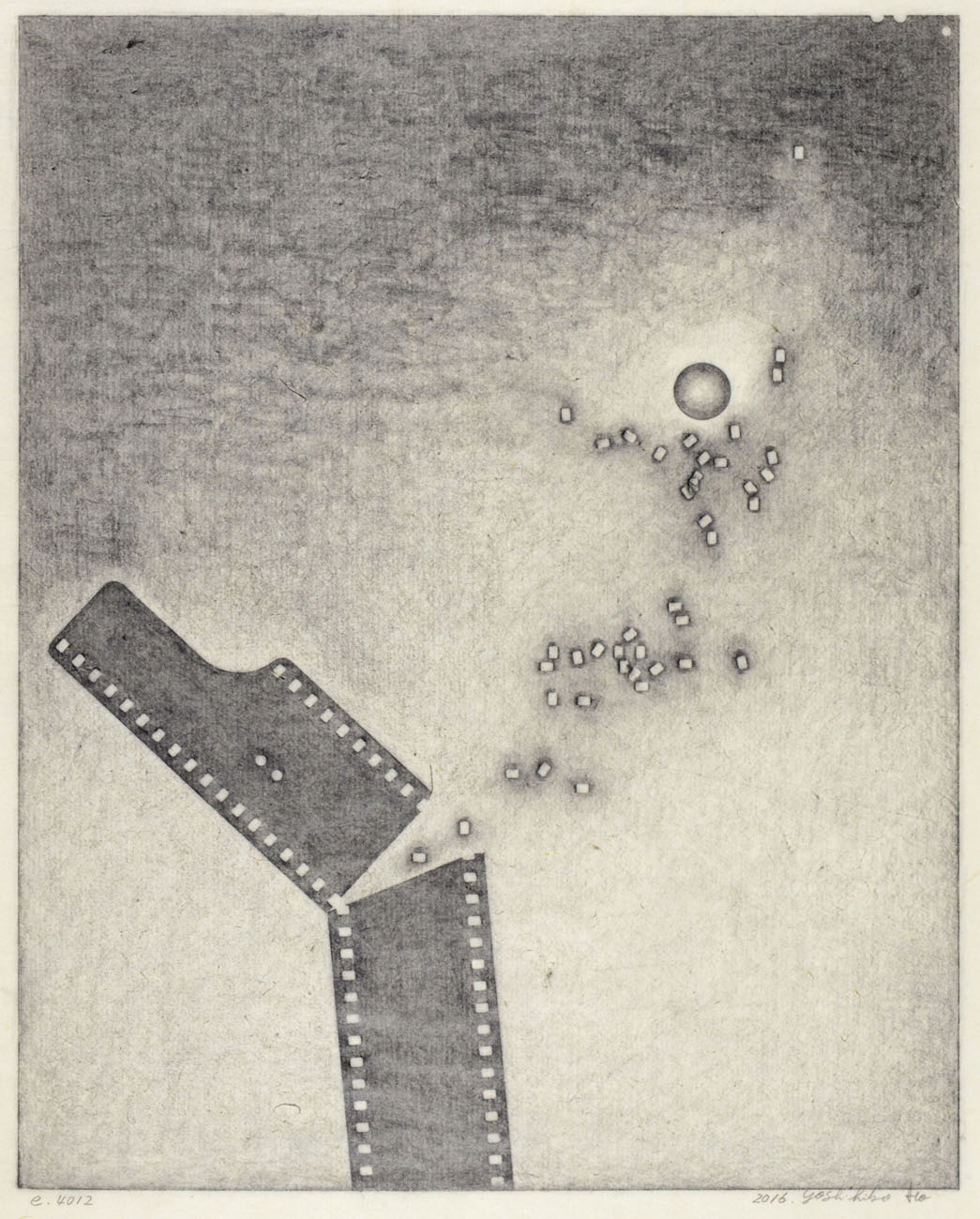
©Yoshihiko Ito
-
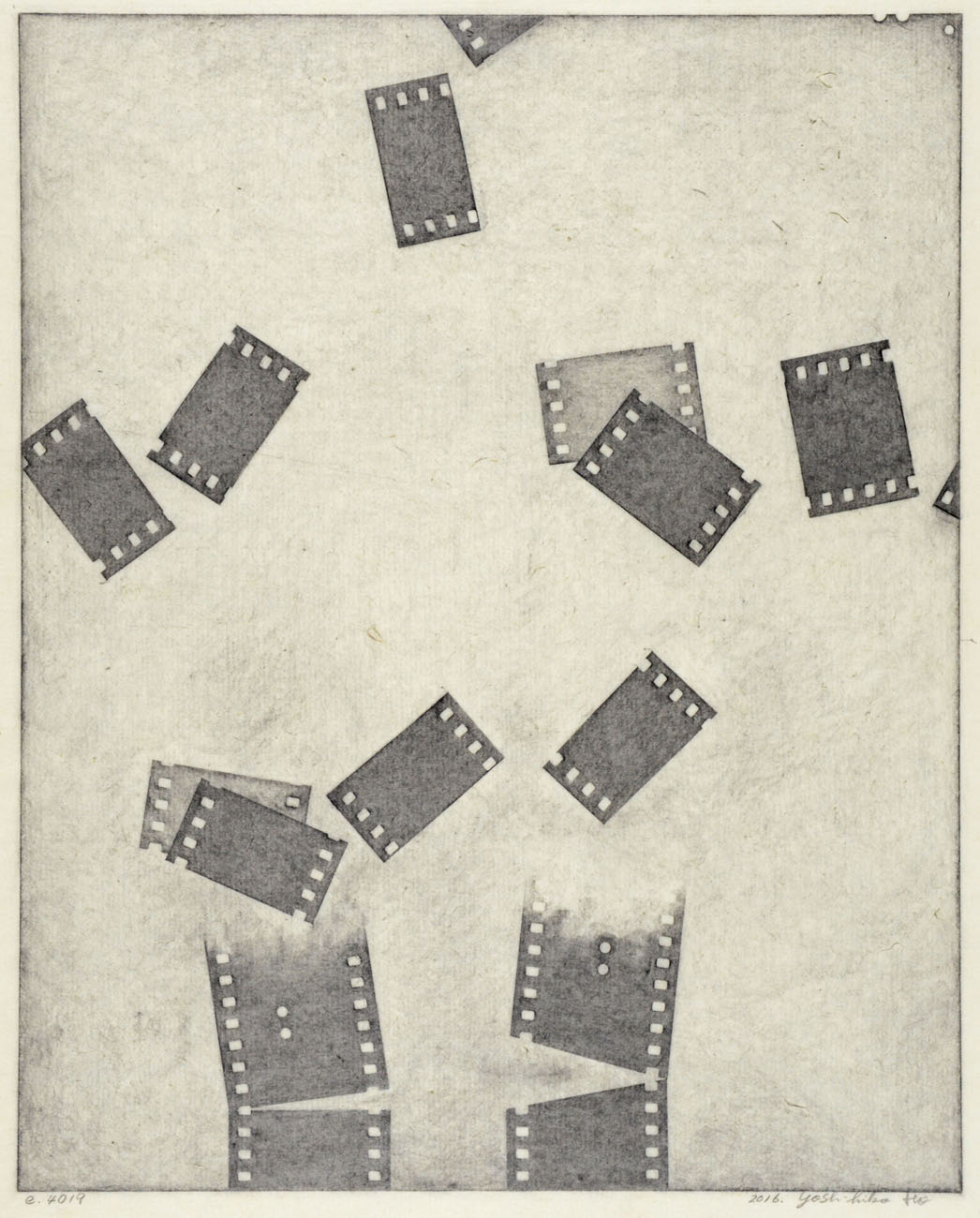
©Yoshihiko Ito
-
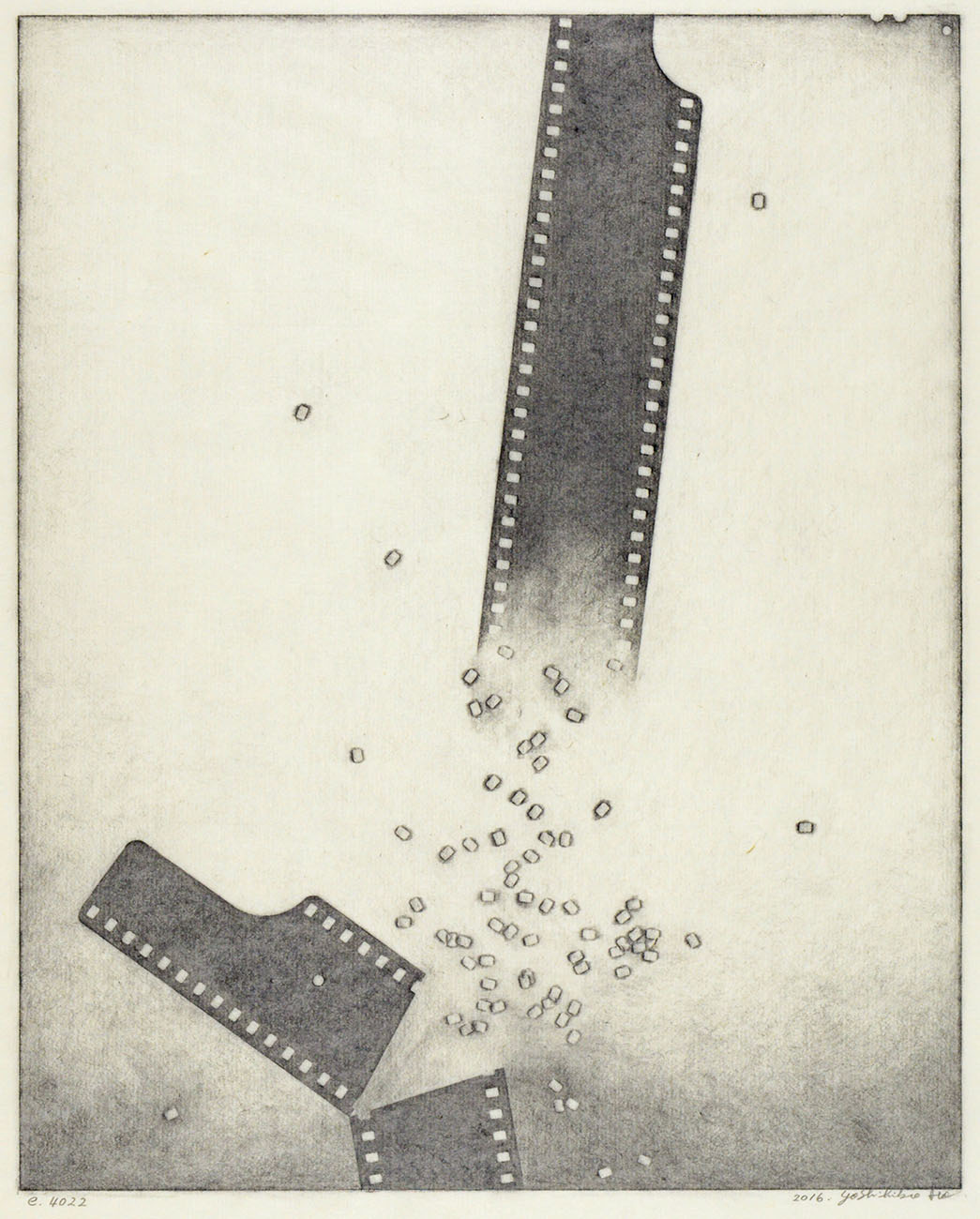
©Yoshihiko Ito
-
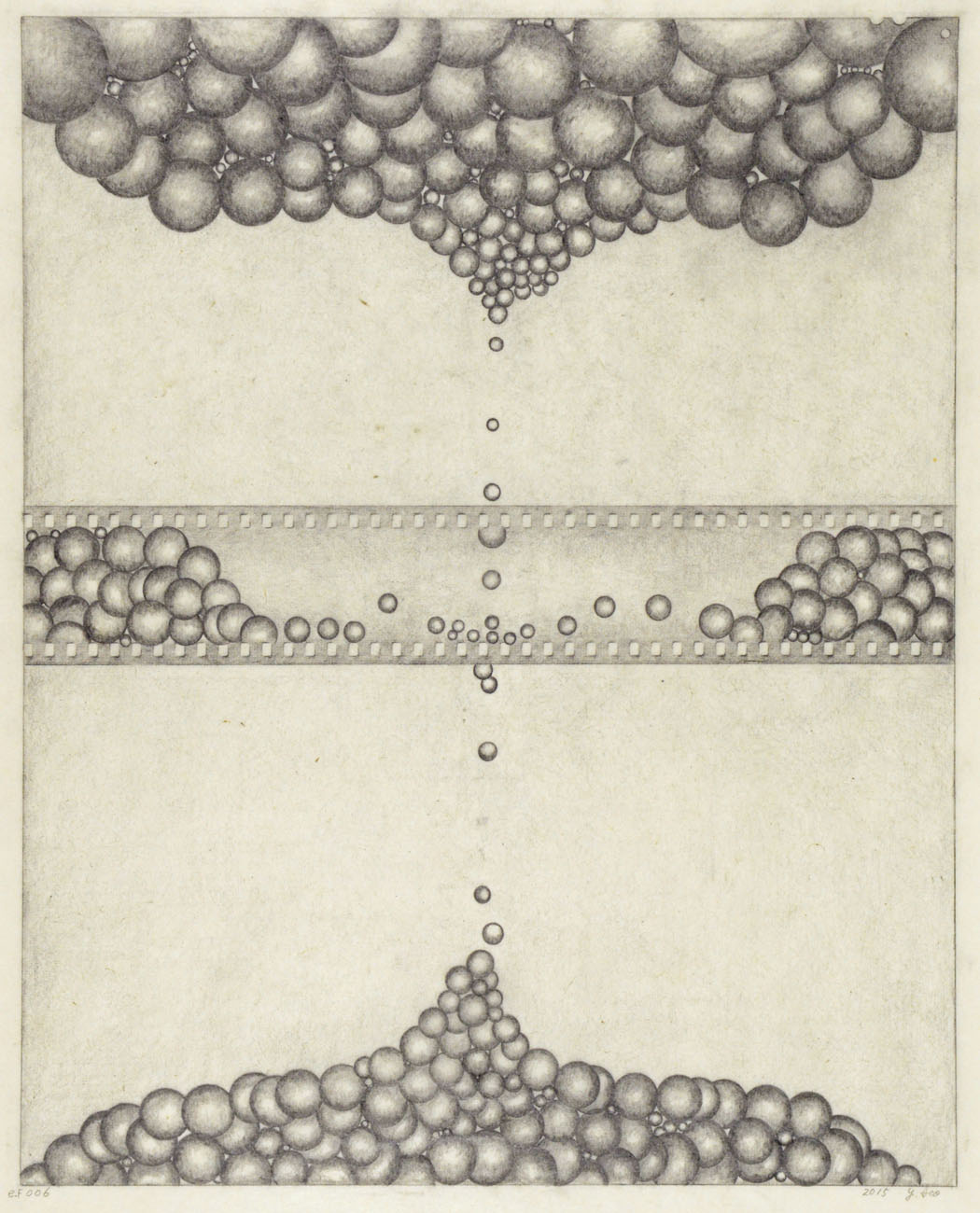
©Yoshihiko Ito
-
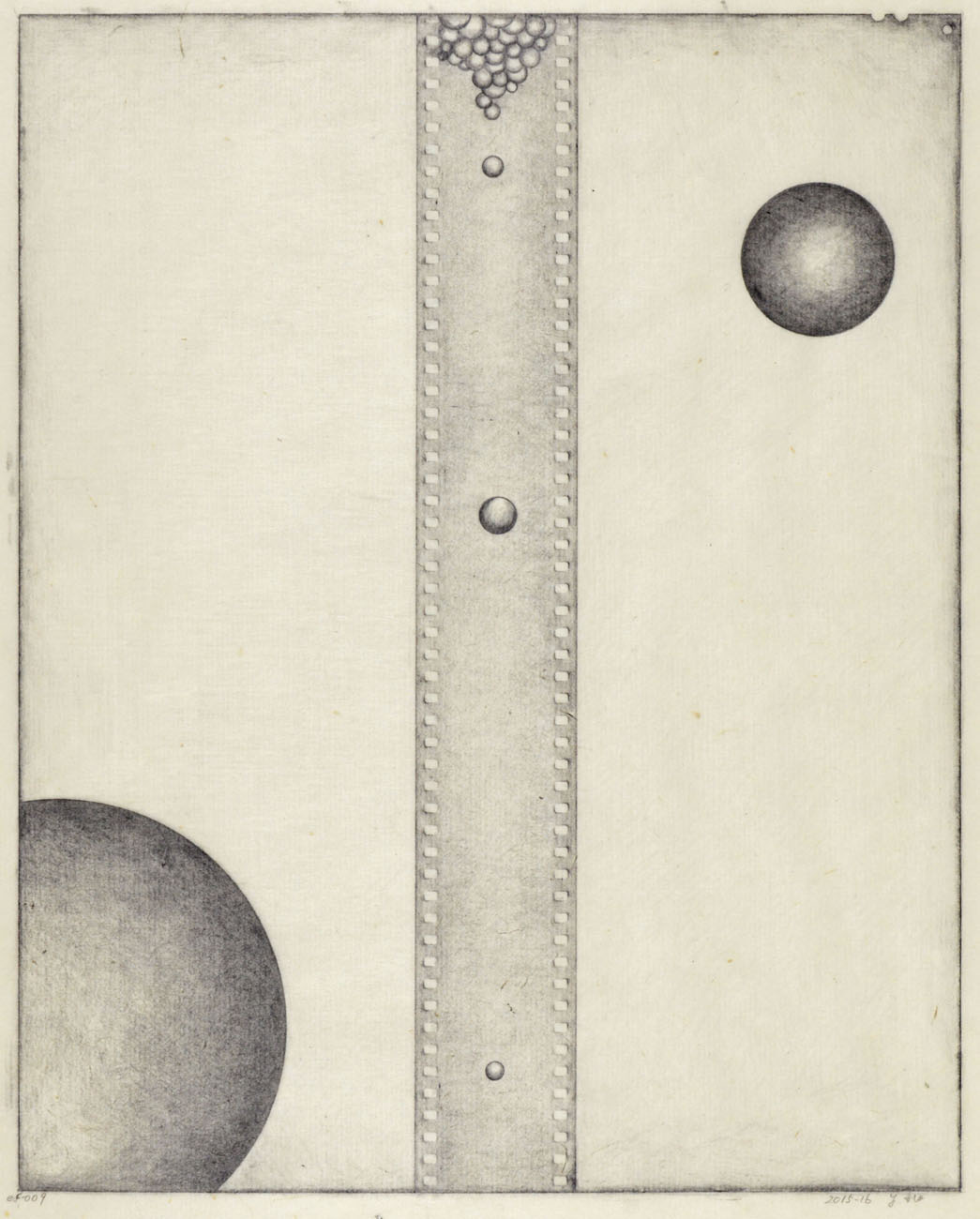
©Yoshihiko Ito
After graduating from Tokyo College of Photography in 1977, Ito began his career as an artist, and has since explored broad ideas about the intangible: including the forward flowing movements of time and consciousness.
Ito envisions these worlds in his series “imagery 72” a chronological sequence of half-size 35mm film strips presented in the form of a series of contact sheets. These contact sheets are given a creative function outside of their normal use as an index sheet of individually captured frames. The individual frames are made instead to complete one image in total. In the series “MM” Ito’s subjects including small animals, dewdrops, leaves, and waves are repeated in a contact sheet in the fashion of fixed-point observation.
In the late 1990s, Ito took interest in emakimono (traditional Japanese painted scrolls) in which separate moments in time appear on the same plane of a scroll painting: a concept called iji-dōzu (variable time-single image). Ito’s series Patrone, which he sometimes calls photo-scroll-paintings, combine multiple images taken from a fixed viewpoint. The images, printed in the darkroom, are then gently torn into fragmented strips, which Ito then reorganizes and patches together. As such, a single seamless image is created, in which flowing instances of time are contained.
Following the discontinuation of various gelatin silver paper products he had relied on, Ito decided in the early 2010s that he could no longer continue making photographic works. The decision propelled Ito to look for new expressive avenues. As a long-time devotee to film photography and the art of the darkroom, the vision of an unused stock of film in the studio, deprived of its purpose, became a trigger as well as a source of many reflections within. The familiarity he had acquired with sketching and storyboard techniques, formerly used as an aid to his photographic work, lent great inspiration, and eventually led Ito to the frottagemethod. Ito began using film as a pictorial motif rather than a recording device by placing a layer of delicate paper over the physical film and creating rubbings and traces of their image. Historically, artists have used the unpredictability of the textures created byfrottage to their advantage. For Ito, however, the choice represents something other than textural qualities, but rather to give explicit shape to the expansive imagination stemming from an abiding fondness of the medium of film.
Starting with an outer edge created by rubbing the contours of a 8×10 inch sheet film onto paper, Ito adds layers upon layers of motifs traced off the physical forms of 35mm film, and by doing so creates unusual visions within the larger frame, while perforations of film, hourglass shapes, circular motifs, and spherical objects animate the picture space.
Like free-willed creatures, those visions move around gracefully within this world created on paper. The works are vivid, brimming with admiration for the film medium, and continue to unfold along the artist’s imagination.
Frottage
Yoshihiko Ito
With the advancement of digital photography, many materials used for silver-based film vanished. The type of gelatin silver paper I loved using was no exception, and I was left with a number of scale models that would have become my works had they only had the chance.
While time moves on without pause, in a photograph time can be contained, thereby allowing one to look at it repeatedly. A photograph changes its appearance as one looks at it. Even now, though I no longer take photographs, I am still captivated by photographs for this reason.
The emulsion of film catches light, space, and time, and then renders them as a motionless record. A photograph’s demeanor is quiet and detached. Upon looking back, a photograph surprises even the very person who pressed the shutter to capture it.
Mindlessly, I played with the edge of a roll of film, pushing it in and out of the patrone, the cartridge, while staring at the scale models that I would never be able to use. As it went back and forth, many things came to mind. The film’s neatly perforated lines, for instance, resembled the movement of time, and the base and emulsion layers of film made up the visible surface and hidden undersides of the world, the positives and negatives of a single picture.
What if I took the two sides of the film and composed them into a single picture? Would I have a picture painted with film? The thought led me to a series of trials, at the end of which I found the frottage method.
The meaning of the word found in a dictionary (the daijirin—translated as “great word forest”—dictionary) is that frottage is a rubbing, and it is a surrealist technique. The method requires taking a surface like cloth, rock, or wood, and adding a layer of paper, which is then rubbed with an applied material, such as pencil lead or charcoal, for painterly effect. The end result is similar to an ink rubbing.
What were initially frottage pictures made only with film became more lively in my mind after I added small objects—that was when they became quite unexpected paintings made with film.
Pushing and pulling the film in and out of a patrone creates a small time-tunnel, and the frottages of film and objects bring back the sun pictures from childhood and secret messages burned with a flame onto a sheet of paper.
A small patrone is a great fount of inspiration.
Born in Yamagata, Japan in 1951 and graduated from the Tokyo College of Photography in 1977.
His works consist of contact sheets in which individual frames come together to form a whole image on each sheet, expressing the invisible time and consciousness shared between himself and his subjects. He has also been exhibiting his Patrone series since the year 2000. In Patrone, Ito takes a consecutive sequence of images taken in the same setting and collapses the separate moments into a single restructured image. Due to the discontinuation of the production of photographic paper, he gave up creating works of photographs and has employed the frottage method of pencil rubbing on paper around 2015.
Recent solo exhibitions include Contact Print Stories, 1839 Contemporary Gallery (Taipei, 2018), Space Time –misplacement–, Timeless Gallery (Beijing, 2018), In the Box, PGI (Tokyo, 2017).